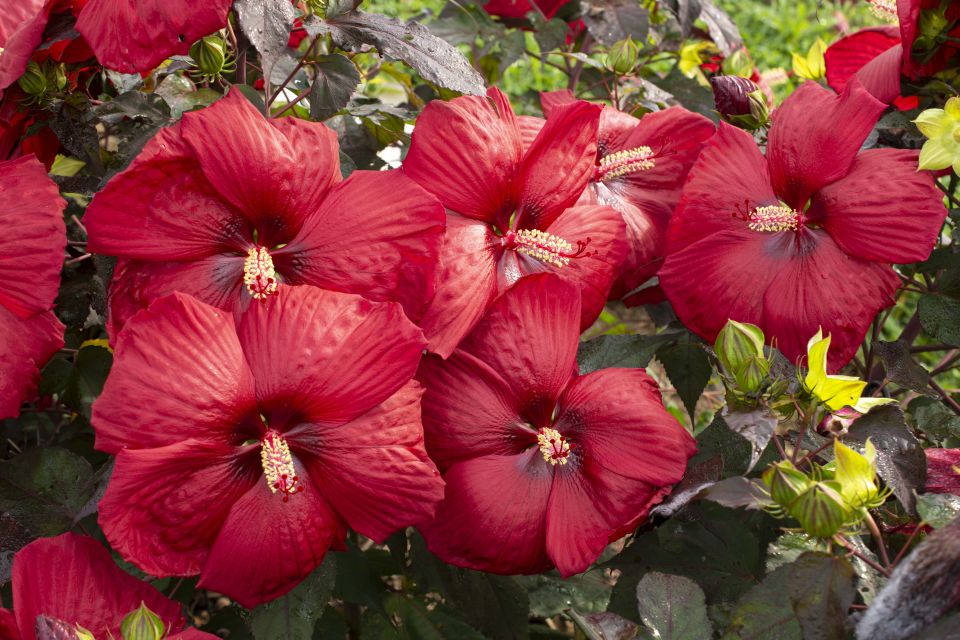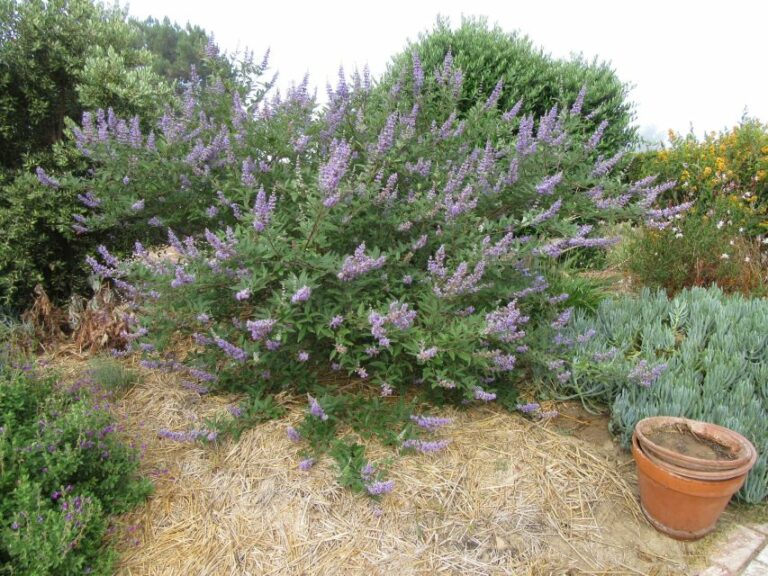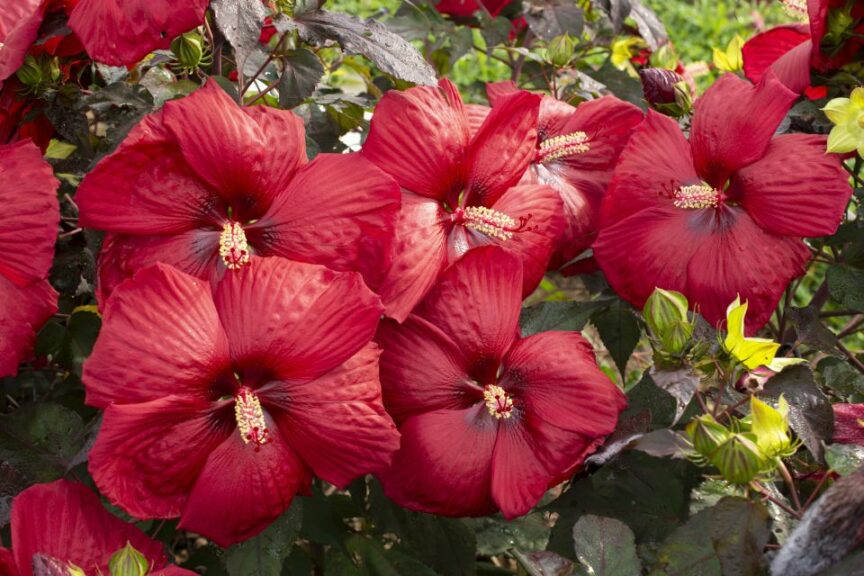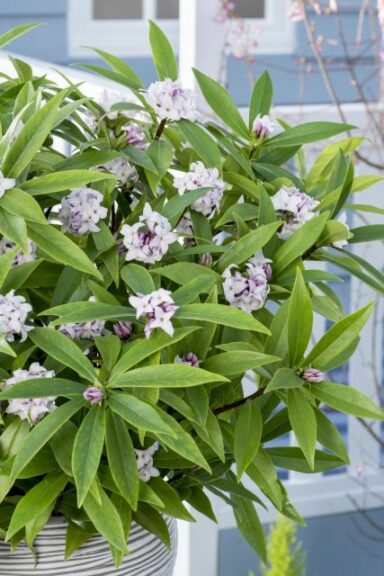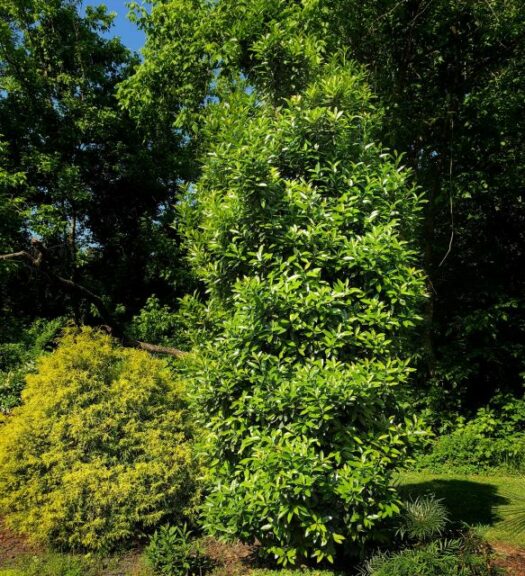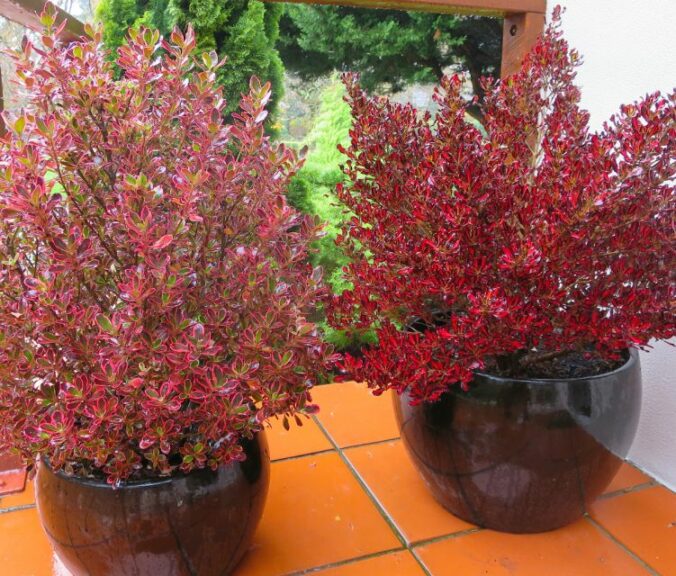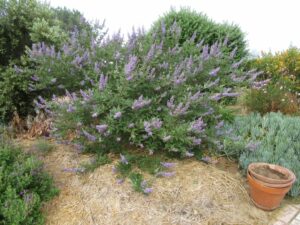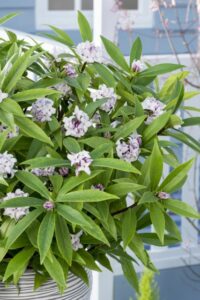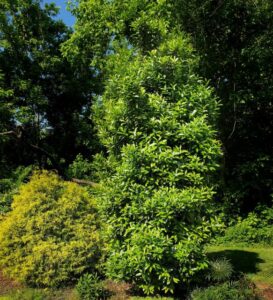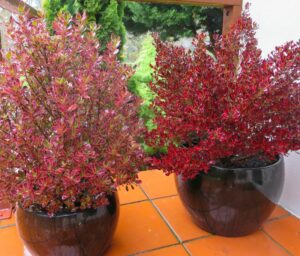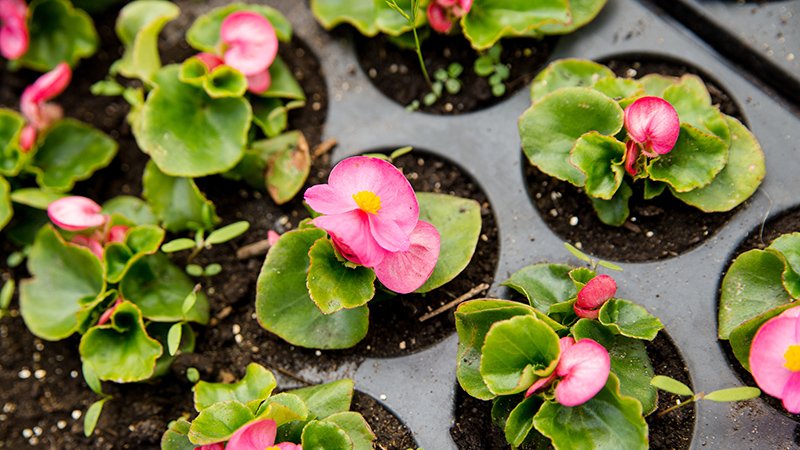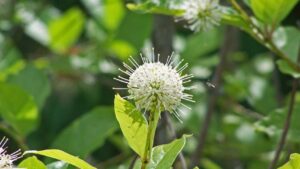Plant Supply Update: Shrub and Tree Stocks Expected to Remain Tight for the Foreseeable Future
The unexpected demand for trees and shrubs in 2020 found growers discharging one debt to pay another, as they borrowed from nursery stock set aside for 2021 sales. Compound that problem with 2021 ushering in a major storm with extended temperatures only a polar bear could love, followed by a dose of crippling summer temperatures in the West, and it all adds up to crop losses and supply chain headaches. Ergo — it’s going to take some time for the industry to adjust to the increased demand with the longer production times needed to produce shrubs and trees. And the process will go much smoother with increased cooperation up and down the supply chain.
GoMaterials, a wholesale marketplace to source landscape materials, put out a 2021 Plant Shortage Report earlier this year stating that almost 90% of plant shortages in the South are for shrub, perennial, and groundcover container material under 7 gallons, with a few exceptions, and the demand for 3-gallon varieties is on the rise. More than 60% of wholesale nurseries participating in the GoMaterials survey said they expect at least a couple of years before things return to normal.
“I agree that five to seven-plus-gallon material will be extremely tight for the next five to ten years,” says Kevin Northrop, Vice President of Marketing and Operations at Plant Development Services. “Certain slower growing shrubs and trees will be limited, even in 1- to 3-gallon containers, for at least three years.”
Trees are an even more complicated challenge right now, with multiple levels to the supply chain that can impact overall product availability. Suppliers not only have to account for the amount of budwood available to bud new trees such as Cercis, but they also need to keep tabs on the supply of seedling understock, according to Kristen Pullen, Woody Ornamental Product Manager/International Business Assistant at Star Roses and Plants.
“In many cases, the understock supply chain is not controlled by the same people that control the budwood supply chain, which makes management of the production difficult,” she says. “The two production pieces need to be in lock-step moving forward to be able to accurately fulfill forecast numbers.”
Unfortunately, understocks this year took a hit from scorching summer temperatures in Oregon, which will result in some losses and delayed budding, according to Pullen, who says this is one case where access to a global supply chain comes in handy. Star Roses and Plants has access to budded rootstocks and whips from its supply partner in Israel in addition to its domestic partners.
Trouble Sourcing Shrubs and Trees Aren’t the Only Problems
Growers may not be as lucky when fulfilling orders. The by-product of increased demand is the need for more space. It takes time to expand, and to complicate things further, nursery and greenhouse operations have reported delays in planned expansions due to supply chain issues with building material. Pullen recommends nurseries use bareroot inputs to provide quick-turn crops. With less residency time, multiple rotations of crops can be grown and sold out of the same footprint of space.
Another supply chain concern for nursery growers is sourcing pots, particularly when it comes to branded containers. In some acute cases, Pullen says she has heard of suppliers requiring 300-day lead times. The growers who seem to be faring the best are those committed to forward orders or at least having some commitments in place with suppliers and this pattern extends to live products, as well.
Undersupply Depends on Your Perspective
“Given production bears the cost of dumping or carry-over of any surpluses, it can conversely be argued, with stock being sold out and price increases, that stock levels are at optimum production numbers for the supplier side of the equation,” says Philip Townshend, COO at Anthony Tesselaar Plants.
Townshend says he’ll be interested to see if in the future we experience a boom/bust type of effect, with producers laying down increased numbers because of high demand now, only to see pushback down the supply channel resulting in dumping or carrying over product.
“Cooperative production planning up and down the supply chain and not seeing pushback from customers at their discretion (i.e., when weather and other events impact retail) would ensure that there is more availability for the sector as a whole, but it seems this isn’t factored into consideration and suppliers are expected to take on all the risk of speculative production,” Townshend says.
Despite the challenges, demand for shrubs and trees is up along with everything else. Northrop predicts a greater emphasis on breeding for colorful blooms and foliage, allowing shrubs to serve as permanent color in the landscape.
“We will also see a continued focus on compact sizing and drought tolerance,” he says. “From a grower perspective, we will see movement toward quicker turning, higher-margin items.”




